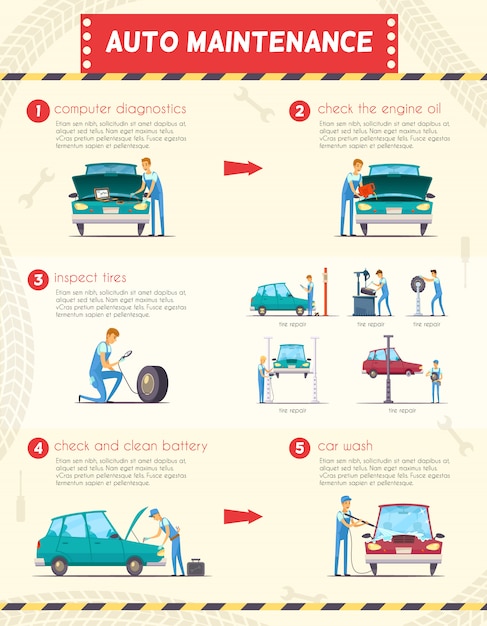Decoding Your Car'S Warning Indicators: What They Really Indicate
Decoding Your Car'S Warning Indicators: What They Really Indicate
Blog Article
Content By-Boye Gilbert
When you lag the wheel, those beautiful caution lights on your control panel can be a little bit complicated. Do you understand what they're attempting to inform you concerning your vehicle's health and wellness? Understanding the importance of these lights is vital for your safety and the durability of your car. So, the following time among those lights turns up, wouldn't you want to decipher its message properly and take the required steps to address it?
Common Caution Lights and Interpretations
Recognize common caution lights in your cars and truck and comprehend their meanings to make certain safe driving.
One of the most typical caution lights include the check engine light, which indicates issues with the engine or discharges system. If this light begins, it's critical to have your automobile inspected promptly.
The oil pressure cautioning light indicates reduced oil pressure, calling for immediate attention to prevent engine damage.
A blinking battery light could recommend a damaged charging system, possibly leaving you stranded if not attended to.
The tire pressure tracking system (TPMS) light signals you to reduced tire stress, affecting car stability and fuel performance. Ignoring this can lead to risky driving conditions.
The ABS light indicates a problem with the anti-lock braking system, compromising your capacity to stop rapidly in emergency situations.
Finally, the coolant temperature cautioning light warns of engine overheating, which can result in severe damage if not settled quickly.
Understanding https://www.nbcconnecticut.com/news/local/building-partially-collapses-after-large-fire-at-auto-repair-tire-shop-in-portland/2762913/ will aid you deal with concerns without delay and keep secure driving problems.
Relevance of Prompt Focus
Recognizing the usual caution lights in your automobile is only the initial step; the value of quickly addressing these cautions can't be stressed enough to ensure your safety and security when traveling.
When a warning light illuminates on your control panel, it's your automobile's way of communicating a prospective concern that needs focus. Overlooking these warnings can cause more serious problems in the future, endangering your safety and potentially costing you more in repairs.
Motivate focus to warning lights can protect against break downs and accidents. For instance, a blinking check engine light might show a misfire that, if left neglected, can trigger damage to the catalytic converter. Addressing this immediately can save you from a costly fixing.
In a similar way, a brake system cautioning light may indicate reduced brake fluid or worn brake pads, crucial parts for your security when driving.
Do It Yourself Troubleshooting Tips
If you see a warning light on your control panel, there are a couple of do it yourself troubleshooting tips you can try prior to looking for specialist help.
simply click the up coming internet site is to consult your auto's handbook to comprehend what the particular warning light shows. In some cases the problem can be as basic as a loose gas cap setting off the check engine light. Tightening the gas cap might resolve the issue.
An additional usual problem is a reduced battery, which can set off different advising lights. Checking the battery links for corrosion and guaranteeing they're safe might deal with the trouble.
If a warning light persists, you can try resetting it by separating the vehicle's battery for a few minutes and afterwards reconnecting it. Furthermore, inspecting your vehicle's fluid degrees, such as oil, coolant, and brake fluid, can assist repair advising lights associated with these systems.
Conclusion
To conclude, understanding your vehicle's warning lights is crucial for maintaining your vehicle running efficiently and safely. By without delay addressing these informs and knowing what they mean, you can stay clear of pricey fixings and possible malfunctions.
Remember to consult your vehicle's manual for specific information on each alerting light and take action appropriately to make sure a trouble-free driving experience.
Keep notified, remain secure when traveling!
